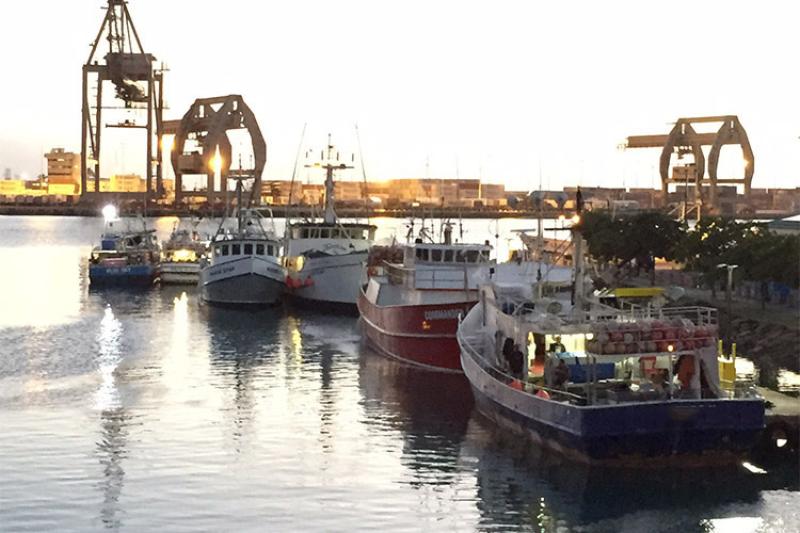Fish are extremely diverse animals living in a variety of habitats ranging from coral reefs and kelp forests to rivers, streams, and the open ocean. Most fish can be categorized into one of two primary groups: bony fish (Osteichthyes) and cartilaginous fish (Chondrichthyes). The skeleton of bony fish is made of bones, while that of cartilaginous fish is made of cartilage. Cartilaginous fish include sharks, skates, and rays.
Most fish under NOAA Fisheries’ jurisdiction are marine fish that spend their entire life in salt water. Others are anadromous—like some species of salmon and sturgeon—which begin their lives in freshwater, migrate to the ocean to grow into adults, and then return to freshwater to spawn.
NOAA Fisheries is responsible for the sustainable management of many species of fish under the Magnuson-Stevens Act that are targeted for human consumption and other uses like fertilizer. Some of these fish include Pacific bluefin tuna, Alaska pollock, and summer flounder. We are also responsible for protecting fish species listed under the Endangered Species Act like Atlantic sturgeon and oceanic whitetip shark.
Species News
 A coho salmon swims up the Sol Duc river on the Olympic Peninsula. Credit: Adobe Stock.
A coho salmon swims up the Sol Duc river on the Olympic Peninsula. Credit: Adobe Stock.
 Biologists measure and weigh a juvenile spring-Chinook salmon from Butte Creek. Photo: Jeremy Notch/SWFSC
Biologists measure and weigh a juvenile spring-Chinook salmon from Butte Creek. Photo: Jeremy Notch/SWFSC
 Eyak Tribal Member Tiffany Beedle holding a 35-pound King (Chinook) salmon she processed for the Native Village of Eyak Subsistence program. (Photo: Tiffany Beedle)
Eyak Tribal Member Tiffany Beedle holding a 35-pound King (Chinook) salmon she processed for the Native Village of Eyak Subsistence program. (Photo: Tiffany Beedle)
Multimedia
 Central Valley salmon fisherman and Nor-Cal Guides and Sportsmen’s Association Vice President, Scott Hambelton, casts from his boat on the American River. Credit: NOAA Fisheries
Central Valley salmon fisherman and Nor-Cal Guides and Sportsmen’s Association Vice President, Scott Hambelton, casts from his boat on the American River. Credit: NOAA Fisheries
 Cape Shirreff field camp on Livingston Island, one of the most breathtaking places in Antarctica. Credit: NOAA Fisheries
Cape Shirreff field camp on Livingston Island, one of the most breathtaking places in Antarctica. Credit: NOAA Fisheries
 A Southern Resident killer whale leaps out of the water. Credit: Candace Emmons
A Southern Resident killer whale leaps out of the water. Credit: Candace Emmons
Research
The Role of Small Pelagic Fish in Diverse Ecosystems: Knowledge Gleaned From Food-Web Models
Food-web models represent a synthesis of knowledge of these dependencies and are a platform for…
Groundfish Tag Recovery Reporting via Survey123 App
How do I download the Survey123 app?Downloading the Survey123 app on your smart device is the FIRST STEP to getting access to the Groundfish Tag Recovery Reporting survey. The SECOND STEP is clicking the individual link for the Groundfish Tag Recovery…
Northeast Shark Research
We conduct shark life history research and long-term monitoring activities essential for stock assessment and management.
Passive Acoustic Technologies
We record sounds in the ocean to learn about marine mammals and other ocean species, working with partners around the globe.
Understanding Fisheries Management in the United States
NOAA Fisheries is responsible for managing marine fisheries within the U.S. exclusive economic zone. Learn more about the sustainable management of our marine fisheries.






